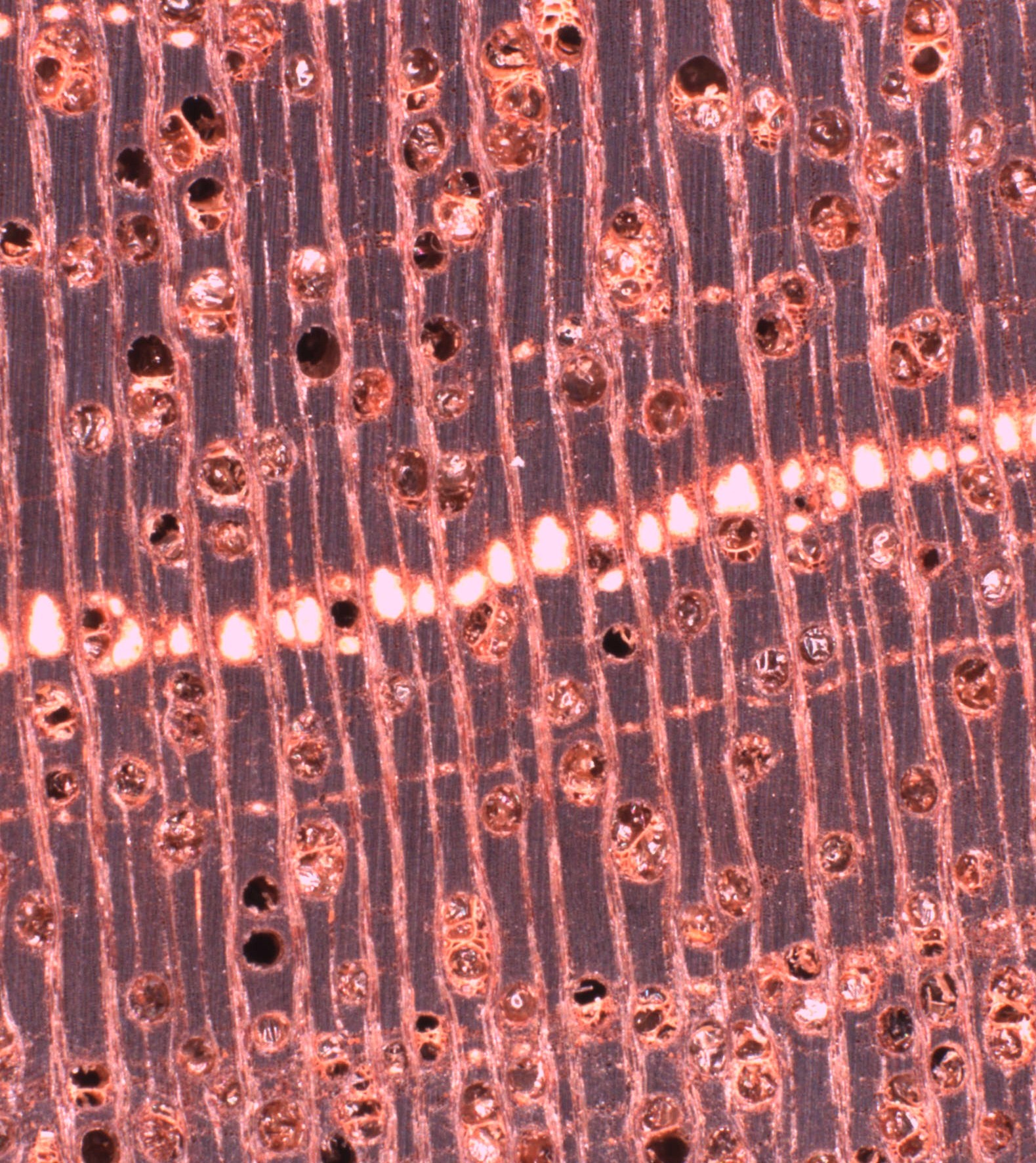Category : Light Hardwoods
Local Name : Dark Red Meranti
Family : Dipterocarpaceae

|
Species
General Characteristics Sapwoodlighterincolour and distinct from heartwood;colourofheartwood red-brown weathering to a dark-red; planed surface fairly lustrous; stripe figure on radial surface; grey-coloured, narrow streaks on all longitudinal surface produced by concentric layers of resin canals; texture rather coarse but even; grain interlocked and wavy; moderately hard to cut across grain; air dry density ranging from 560 to 865 kg/m³ (35 to 54 lb/ft³) averaging 704 kg/m³ (44 lb/ft³); moderately durable in exposed positions or in contact with the ground.
Structure
Growth rings absent.
Other Features
Burning splinter test: Splintcrmosily burns to charcoal. (This feature has beenfound to be rather inconsistent with the species). Froth test: Negative.
Uses The timber is extremely popular as a general utility timber, being suitable for furniture manufacture, high class interior finishing, flooring, panelling and partitioning, mouldings and skirtings, fancy doors, sliced and rotary cut veneers.
|
